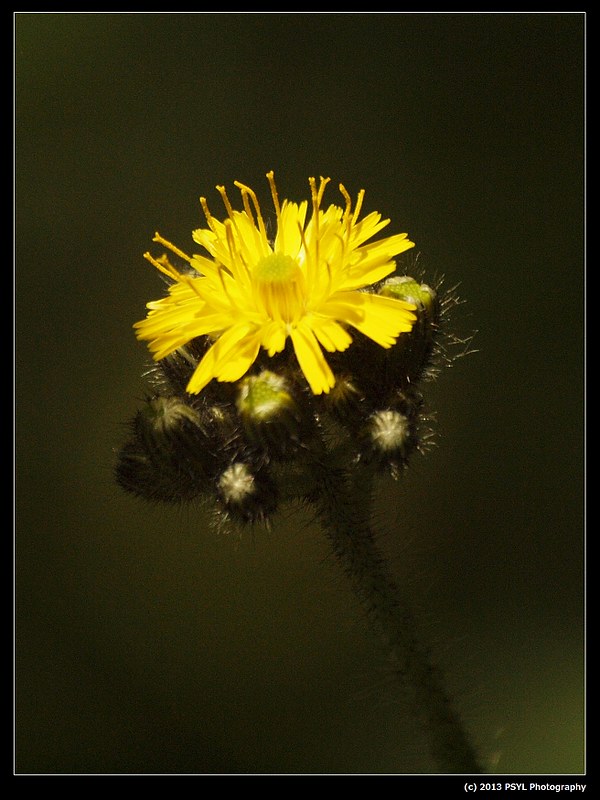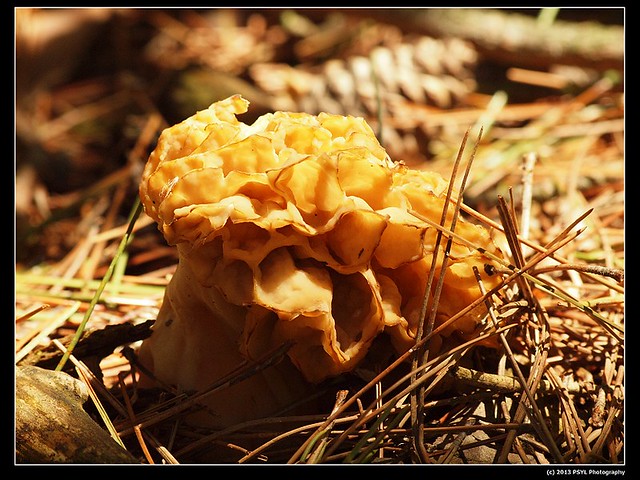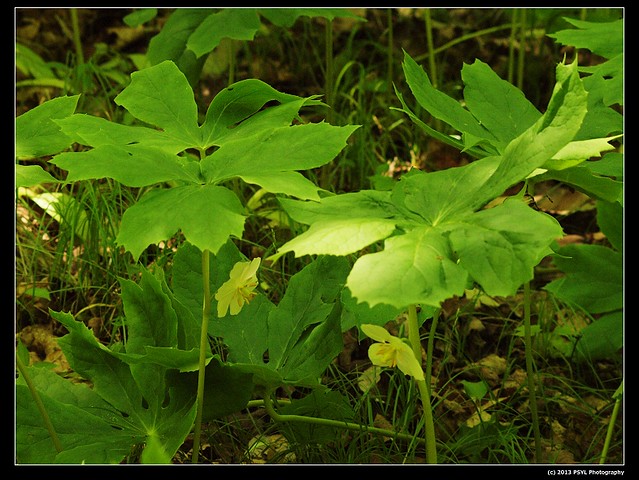On Monday, we visited the site closest to Trent University - Lady Eaton Drumlin.
King-devil (Hieracium caepitosum) in the Aster (Asteraceae) family. The genus name, Hieracium, means hawk (hierax, Greek). The orange-coloured flower cluster belong to a different species H. aurantiacum (Orange hawkweed or Devil's-paintbrush).

Canada Mayflower (Maianthemum canadense) in the Butcher's-broom (Ruscaeae) family, which used to be in the Lily (Liliaceae) family. From this photo, you can see that the leaves are alternate, have no stalk, and heart-shaped, while the flowers occur on a compact raceme.
Not a plant, but Morchella sp. (morel mushroom), which is edible and quite abundant on the drumlin.
May-apple (Podophyllum peltatum) in the Barberry (Berberidaceae) family. Fertile plants have an opposite pair of leaves on a long stalk, while sterile plants only have a single basal leaf. The leaf stalk is attached near the centre of the leaf blade, hence the species name peltatum.
Virginia waterleaf (Hydrophyllum virginianum) in the Waterleaf (Hydrophyllaceae) family. The common name comes from the fact that the leaves are sometimes mottled, as if they are water-stained.
Fruit capsule of the Large-flowered bellwort (Uvularia grandiflora) in the Lily (Liliaceae) family. As you can see, the capsule has three lobes and the leaves clasp to the stem, a feature that distinguishes it from Sessile bellwort (U. sessilifolia).
Part 2 here.





No comments:
Post a Comment